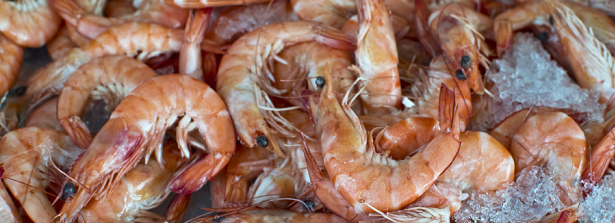Certify buyers, not producers

What choice do farmers have to adopt certification standards? New research by Simon Bush, project leader of the GCP project SUPERSEAS, published in the journal Aquaculture shows that they may have very little. Instead it depends on the strategies of buyers.
Aquaculture certification, as in other food sectors, is a form of farm level assurance. In theory, farmers elect to be certified and in being so gain access to international markets demanding ‘responsible’ aquaculture. But in practice certification is not an ‘free’ choice. It is strongly influenced by the practices of their buyers in response to the production risk of the species they are growing.
Seafood buyers, including both processors and retailers, need consistent supply. They ensure consistency by taking greater control over production, requiring investment in in farms, by expanding their sourcing to spread the risk of supply disruption. The choice of which mode of supply ‘coordination’ to engage depends on a range of factors, including just how risky production is.
A comparison of salmon and shrimp aquaculture is instructive.
The salmon industry exhibits a higher degree of vertically integrated value chains in part because the industry has eliminated a range of production risks. The shrimp industry exhibits a higher degree of so called market coordination, with buyers keeping their options open as to who and where they source from, in large part because shrimp production continues to face considerable disease risk.
“These two value chains demonstrate the apparent irony of certification” says the author of the study Simon Bush. “The more ‘risky’ a production system the more it would benefit from the improvements certification promotes. But because of these risks farmers may be kept at an arms-length by buyers”. As a result, he explains, those farmers with the least capability to improve are least likely to receive the necessary level of support required.
Certification appears to be far less of a free choice than previously thought. Its success as an tool for improvement may instead lie with simulating buyers to support producers.
One solution might be to be reorient certification away from producer-level compliance to instead assess the level of support provided by buyers. In the long term such an approach may lead to greater farmer inclusion and ultimately improvements in the aquaculture sector.
_ _ _
The related paper can be accessed at:
Bush, S. R. (2017). Understanding the potential of eco-certification in salmon and shrimp aquaculture value chains. Aquaculture. DOI: 10.1016/j.aquaculture.2017.07.027






